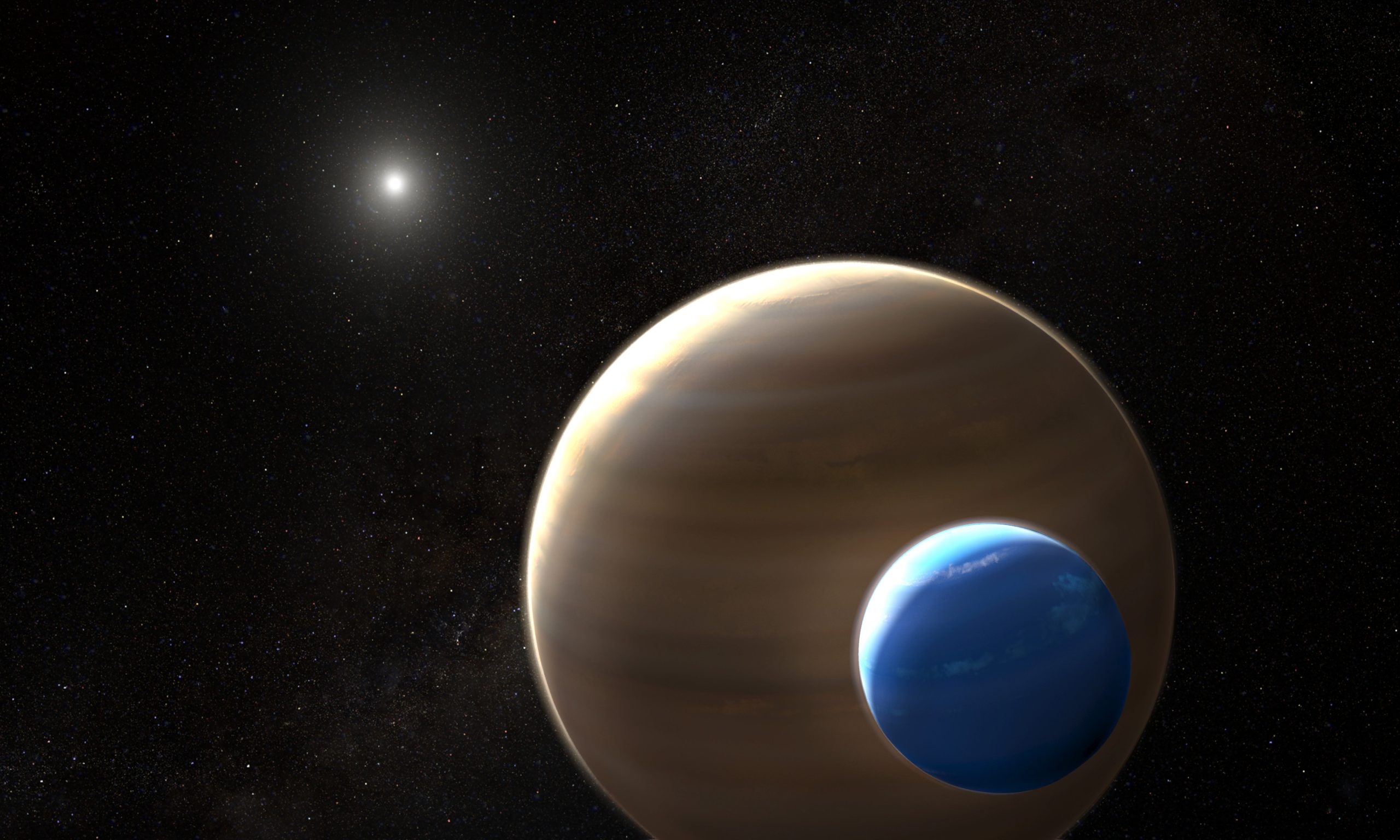EXPLORE: a new project to find hidden worlds
2022 October 6
The aim of EXPLORE (EXoPLanet Orbit REsearch) is to build on the BAA Exoplanet Division’s participation in the ExoClock project by searching for additional objects, e.g., exoplanets, their moons, comets and interstellar wanderers (Figure 1), and observe secondary eclipses and phase curves of detected and confirmed exoplanets (Figure 2).


ExoClock supports the Ariel space mission, which will survey approximately 1,000 targets. Some of these will not have been observed for several years and predicted transit times could therefore be in error, leading to events being missed by Ariel when imaging. ExoClock participants’ observations of such transits update the ephemerides of the Ariel targets.
EXPLORE offers a growth path for experienced observers to verify that such observations are within the capabilities of amateur observers, whilst newcomers cut their teeth supporting ExoClock by observing transits, before moving on to the more challenging photometry.
Rodney Buckland is very much the brains behind this project, and his work is much appreciated.
Objectives necessary to achieve the aim of EXPLORE are both practical (contributing to the ExoClock programme by observing transits of known exoplanets, searching for additional objects by imaging the host star while the known exoplanet is not transiting (out-of-transit), and seeking opportunities for amateurs to use robotic telescopes such as the Europlanet Telescope Network) and theoretical (searching online databases for indications of additional exoplanets, e.g. transit timing variations (TTVs), and modelling exoplanet/exomoon transits).
A one-day online meeting outlining the project will be held on 2022 Nov 12.
Two space missions relevant to this work are Ariel and Cheops, the objectives of which are:
– determining the composition and structure of exoplanetary atmospheres
– identifying the different populations of planets and their atmospheres
– understanding how host stars affect their exoplanetary systems
The Exoplanet Division is already involved in Ariel via the ExoClock project and members have contributed numerous transit observations (an example is pictured in Figure 3) which have been included in two published papers, while a third has been submitted for publication. The observations are necessary to ensure that the spacecraft, when launched in 2029, will be pointing at the right target at the right time. Observations have already shown that a number of ephemerides need updating.

Cheops (an acronym for Characterising ExOPlanet Satellite) will be the first mission dedicated to searching for transits by means of ultra-high-precision photometry on bright stars already known to host planets. We are exploring opportunities for amateur involvement in this project. There are two possible routes: to write a proposal and apply for time (more than a little daunting but we have nothing to lose), or to look in the ESA Cheops archive and examine the data, much of which has not been analysed in detail.
On 1962 September 12, the late US President Kennedy said ‘We choose to go to the Moon in this decade and do the other things, not because they are easy, but because they are hard’. (The first manned lander on the Moon is shown in Figure 4.)

It will be hard to detect exomoons or additional exoplanets, and we will definitely be ‘pushing the envelope’, as those early astronauts were fond of saying, but I ask you to accept this challenge and, by doing so, expand the capabilities of amateur astronomers.
| The British Astronomical Association supports amateur astronomers around the UK and the rest of the world. Find out more about the BAA or join us. |
